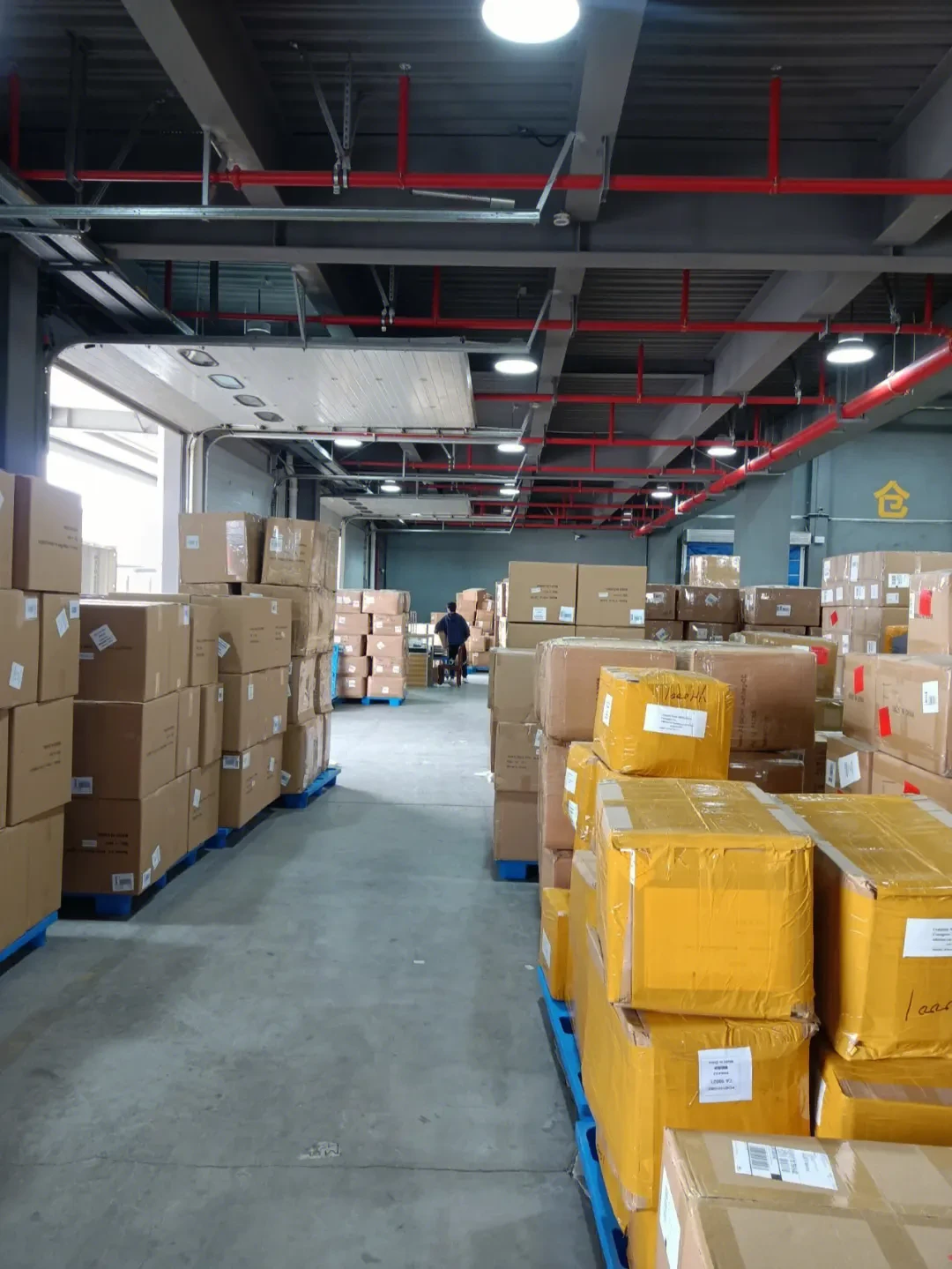The Importance of Biocides in Cooling Tower Systems
Cooling towers are an integral part of various industrial processes, ranging from power generation to HVAC systems in commercial buildings. They function by dissipating heat from the system, which is essential for maintaining optimal operational efficiency. However, these systems are also prone to microbial growth, especially in the water used for cooling. This is where biocides come into play.
Understanding Biocides
Biocides are chemical agents designed to control harmful organisms by killing or inhibiting their growth. In the context of cooling towers, biocides are crucial for managing the proliferation of bacteria, algae, and fungi, which can create biofilms. These biofilms can clog cooling system components, reduce efficiency, and lead to corrosion, ultimately increasing operational costs.
The Problem of Microbial Growth
The warm, moist environment of cooling towers is ideal for microbial growth. Bacteria such as Legionella can thrive in these conditions, posing serious health risks to humans. Legionnaires' disease, caused by Legionella bacteria, can lead to severe respiratory illness and is particularly dangerous in vulnerable populations. The potential for outbreaks associated with cooling towers has driven the need for effective biocide treatment programs to ensure system safety and compliance with health regulations.
Types of Biocides Used in Cooling Towers
There are various types of biocides used in cooling tower systems, each with distinct mechanisms of action. The most common biocide groups include
1. Chlorine and Chlorine Dioxide These oxidizing agents are widely used due to their effectiveness in killing a broad range of microorganisms. Chlorination is a traditional method, but it requires careful monitoring to maintain appropriate residual levels, preventing harmful by-products.
biocide for cooling tower

3. Quaternary Ammonium Compounds (Quats) These are non-oxidizing biocides that exhibit long-lasting antibacterial properties. They are particularly useful in reducing the formation of biofilms.
4. Isothiazolinones These synthetic biocides are effective against bacteria and fungi, making them suitable for closed systems where other agents may be less effective.
5. Peracetic Acid This is another effective oxidizing agent that provides quick kill times for a wide range of microorganisms and decomposes into non-toxic by-products.
Choosing the Right Biocide
Selecting the appropriate biocide for a cooling tower involves several factors, including the specific microorganisms present, the potential for biofilm formation, regulatory requirements, and environmental considerations. Regular microbiological testing should be conducted to identify microbial populations and tailor biocide usage accordingly.
Moreover, the choice often depends on the potential impact on water quality and the environment. Stricter regulations regarding water discharge from cooling towers mean that companies must weigh the benefits of biocide use against the potential for chemical residues in effluent water.
Monitoring and Maintenance
Effective biocide dosing requires continuous monitoring and management. Parameters such as water temperature, pH, and total dissolved solids can influence the efficacy of biocides. Implementation of a comprehensive water treatment program is essential, which includes regular testing for microbial contamination and biofilm presence. The dosage and frequency of biocide application may need to be adjusted based on these test results to ensure optimal performance.
Conclusion
In summary, the role of biocides in cooling tower systems is crucial for maintaining system efficiency and preventing health risks associated with microbial growth. As industries continue to evolve and face new regulatory challenges, the importance of developing effective biocide management strategies cannot be overstated. Understanding the types of biocides available, their modes of action, and the necessity for meticulous monitoring and maintenance will allow facilities to operate safely, efficiently, and sustainably. By prioritizing biocide management in cooling tower operations, organizations can safeguard both their infrastructure and public health, making it a critical focus in today’s industrial landscape.

